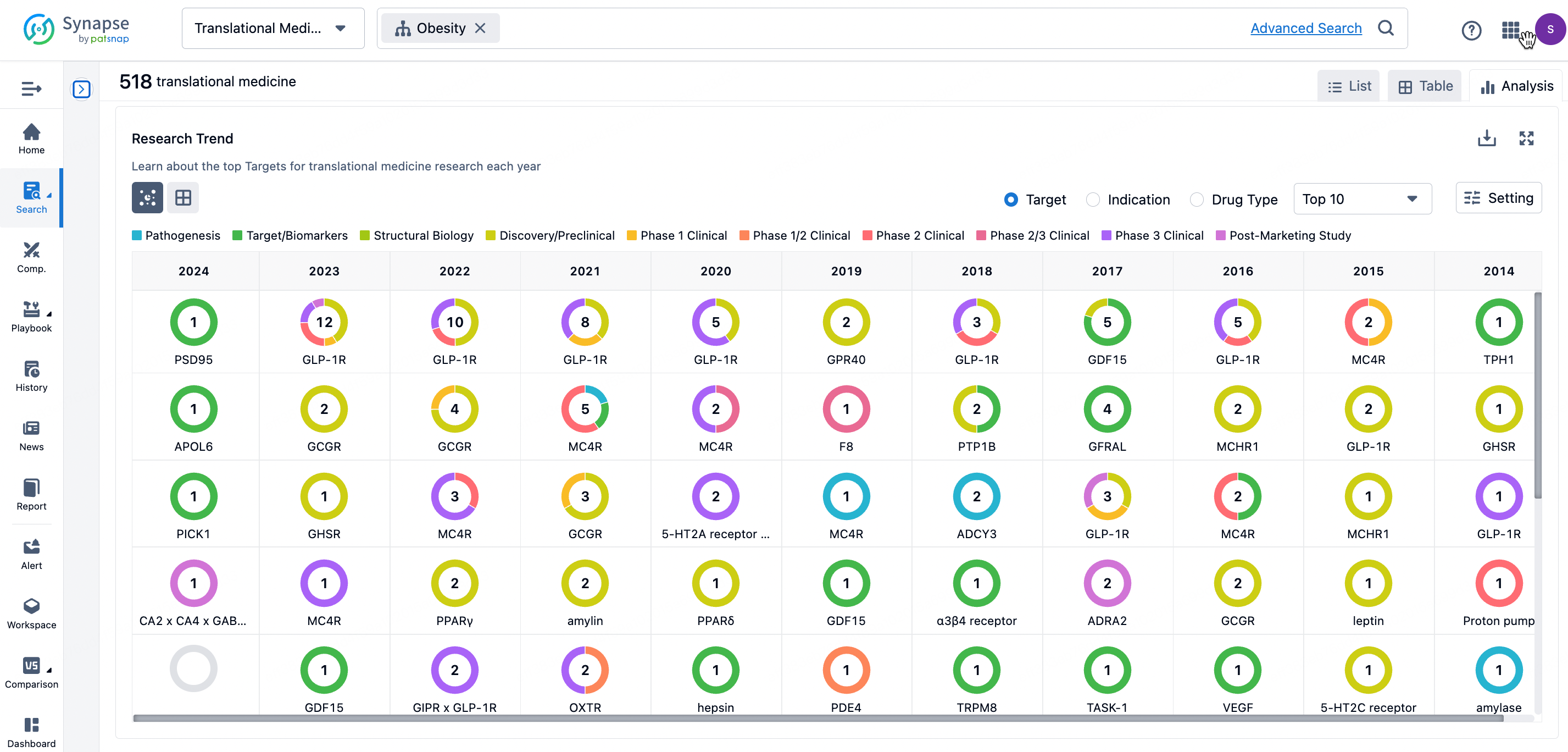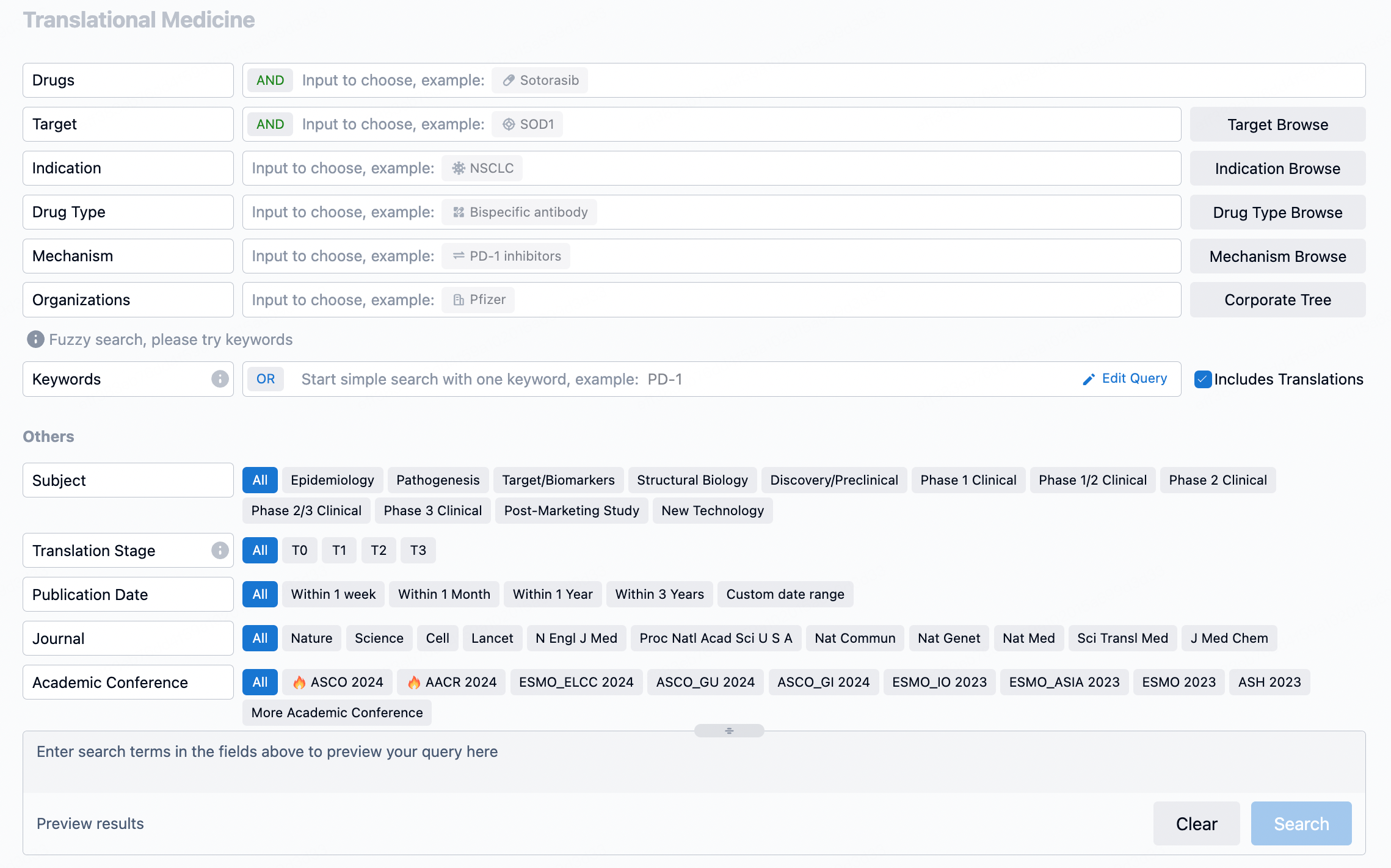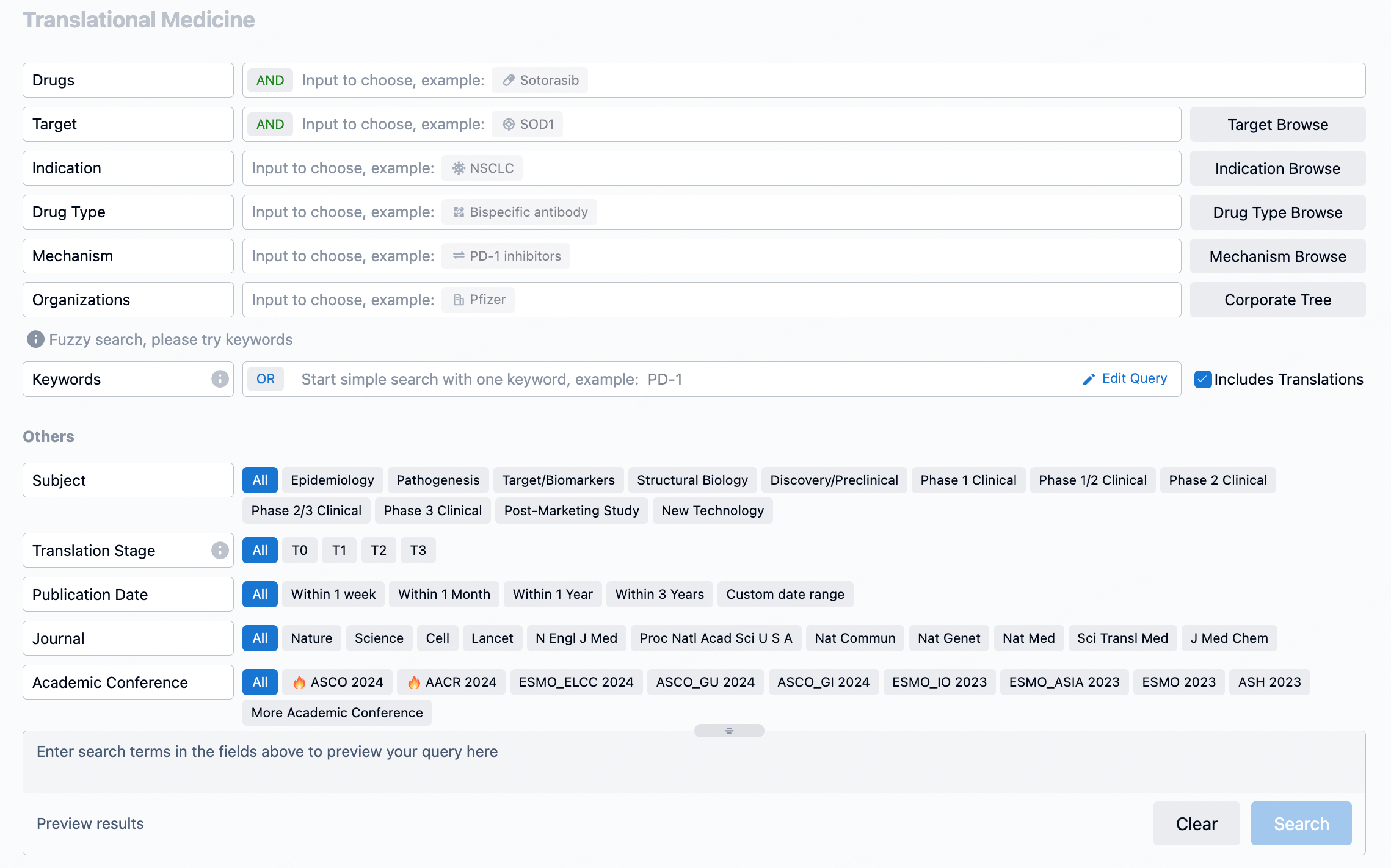Targeting FRA with MORAb-202: Enhancing TNBC Therapy through Antitumor Activity and Bystander Effect
Folate receptor alpha (FRA) is a protein that is minimally present in healthy tissues but is overexpressed in many epithelial cancers, including TNBC. This makes it an ideal target for targeted therapies. Farletuzumab, a monoclonal antibody that targets FRA, has been studied in clinical trials involving patients with high FRA expression.
MOAb-202 is a novel antibody-drug conjugate (ADC) that combines farletuzumab with eribulin, aiming at FRA overexpressing tumors, including TNBC. The hypothesis is that after binding and internalization, the released eribulin will have a direct cytotoxic effect on FRA-positive cells and a bystander effect on FRA-negative cells and the tumor-associated stroma within the tumor microenvironment.
In a study using a FRA-positive TNBC patient-derived xenograft (PDX) model, a single dose of 5 mg/kg of MORAb-202 resulted in statistically significant tumor regression compared to a control group (P<0.0001). One treated animal even experienced complete and lasting tumor regression.
To assess MORAb-202's impact on the tumor microenvironment, tumors were collected before treatment and five days post-treatment. Immunofluorescent staining showed strong binding of MORAb-202 to FRA-positive areas with no adjacent stroma staining. The treatment also reduced the number of FRA-negative cancer-associated fibroblasts (CAFs).
Further studies in a surrogate FRA-positive model showed a reduction in CAFs that was directly proportional to the overall tumor reduction. MORAb-202 demonstrated significantly greater efficacy than an equivalent dose of eribulin alone. Histological analysis indicated unique mechanisms of action for MORAb-202, suggesting its potential as a treatment for TNBC.
The study was presented by Katherine A. Rybinski and colleagues at the AACR-NCI-EORTC International Conference on Molecular Targets and Cancer Therapeutics in October 2017, and published in the Molecular Cancer Therapeutics journal in 2018.
How to Use Synapse Database to Search and Analyze Translational Medicine Data?
The transational medicine section of the Synapse database supports searches based on fields such as drug, target, and indication, covering the T0-T3 stages of translation. Additionally, it offers a historical conference search function as well as filtering options, view modes, translation services, and highlights summaries, providing you with a unique search experience.
Taking obesity as an example, select "obesity" under the indication category and click search to enter the Translational Medicine results list page. By clicking on the title, you can directly navigate to the original page.

By clicking the analysis button, you can observe that GLP-1R treatment for obesity has gained significant attention over the past three years, with preclinical research still ongoing in 2023. Additionally, there are emerging potential targets, such as GDF15, among others.

Click on the image below to go directly to the Translational Medicine search interface.

